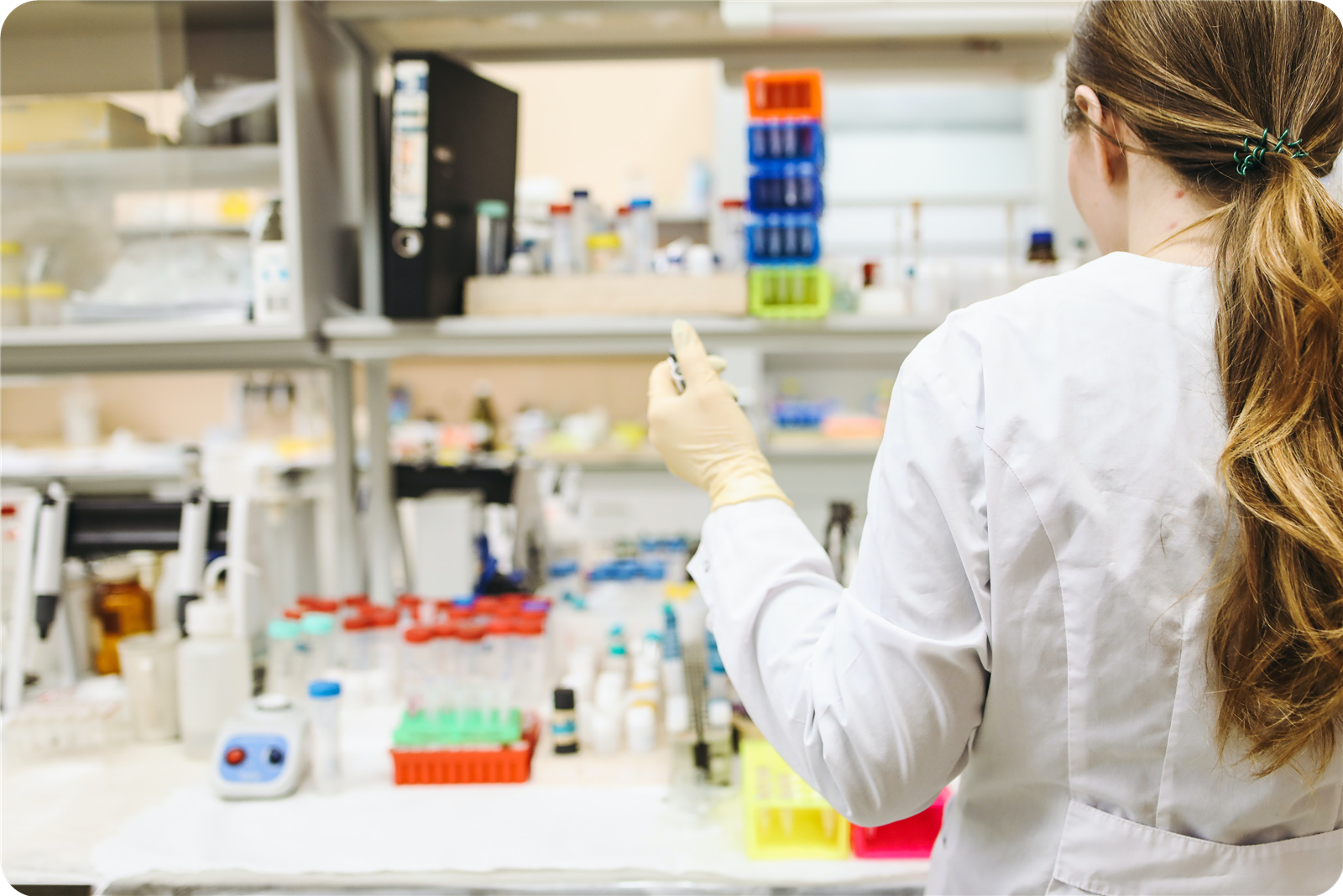PRECLINICALS
Our developments date back to 2007, when the first indications of our LDL-lowering technology were discovered. The following years have been subject to several research endeavors, partnered with leading academic and research institutes. Throughout, we developed a strong patent lineage, with very recent patent filings to ensure an endured asset value. The high potency of our technology as well as the high selectivity for LDL-cholesterol, leaving the ‘good’ HDL cholesterol levels unaffected, were validated in many different in vivo models. These findings indicate the potential of a next-generation cholesterol lowering functional food ingredients and nutraceuticals.
Another application is in feed materials.
The previous paragraph describes R. rubrum as a direct beneficial supplement to reduce human blood cholesterol. As cholesterol levels are influenced both by liver synthesis and dietary intake, focus can also be diverted to a reduced intake of cholesterol-containing products. A well-known source of animal cholesterol is found in egg yolks. The Netherlands Nutrition Centre recommends a weekly consumption of only 2-3 eggs because of its cholesterol contents. Therefore, eggs are perceived as a major source of dietary cholesterol intake.
The cholesterol-lowering effects of R. rubrum in hens was already apparent from figure 5. As such, SEMILLA Health investigated the downstream effects on the cholesterol content of laying-hen eggs. As indicated by table 1, R. rubrum addition to poultry feed during several weeks, led to egg production with a reduced cholesterol content.
In 2017 these findings were incorporated into SEMiLLA Health BV. New developments were initiated from 2020 based on new intellectual property, including compounds that have shown promising beneficial effects in non-alcoholic fatty liver disease (NAFLD - NASH) and atherosclerosis in preclinical studies. Subsuequent compound assessments are plannend also on non-CVD/non-metabolic diseases.

OUR DISCOVERY PATH
ezCOL follows strict regulatory guidelines in its development to ensure that our products have the best characteristics for health conscience people. From discovery, to preclinical studies up to clinical studies and subsequent market approval typically takes time. At the moment we still invest our time and efforts in the development path towards the best ands safest compound for disease prevention or treatment, knowing that the current marketed drugs all have some negatives and adversity with it and many natural products have only marginal effects on health.